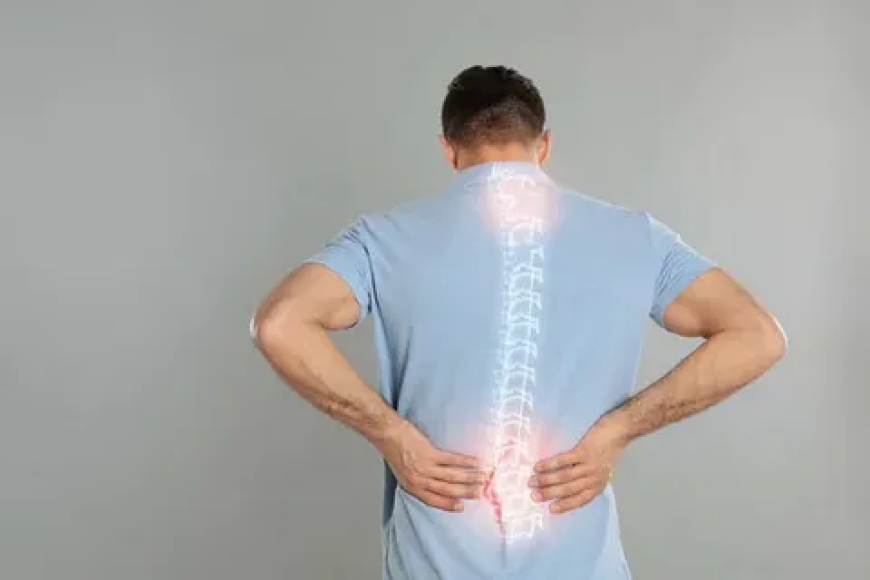Understanding Injury Between T9 and T12 Vertebrae
Learn causes, symptoms, and treatment for injury between T9 and T12 vertebrae. Consult the Best Spine Pain Doctor for expert care and recovery options.

Understanding Injury Between T9 and T12 Vertebrae
Injury between T9 and T12 vertebrae can significantly impact your mobility, comfort, and overall health. This lower thoracic region of the spine supports the ribcage and connects the upper and lower body. When trauma or degeneration affects this area, it often requires specialized care from the Best Spine Pain Doctor to ensure a proper diagnosis and effective treatment.
Common Causes of T9T12 Injuries
Falls and Accidents:
One of the most frequent causes of injury between T9 and T12 vertebrae is falling from a height or being involved in motor vehicle accidents. These impacts can result in compression fractures or dislocation of the vertebrae.
Osteoporosis:
As we age, bones may lose density, making them more prone to fractures. Even minor stress can cause injury in people with osteoporosis.
Sports Injuries:
High-impact sports like gymnastics, football, or skiing can lead to excessive force applied to the lower thoracic spine, resulting in trauma.
Symptoms to Watch For
Recognizing early signs of a T9T12 injury is essential for timely treatment. Some common symptoms include:
-
Persistent mid to lower back pain
-
Muscle weakness or spasms in the torso or legs
-
Tingling or numbness in the lower body
-
Reduced coordination or difficulty walking
If you experience severe pain, loss of bladder control, or sudden paralysis, seek emergency care immediately.
Diagnosis and Treatment Options
Diagnostic Tests:
A qualified spine specialist will typically recommend X-rays, CT scans, or MRI imaging to pinpoint the location and severity of the injury.
Non-Surgical Treatments:
-
Rest and Activity Modification: Avoid movements that worsen symptoms.
-
Bracing: Supports the spine to prevent further damage.
-
Physical Therapy: Helps strengthen surrounding muscles and improve mobility.
-
Medication: Pain relievers and anti-inflammatory drugs can reduce discomfort.
Surgical Treatments:
In cases of severe fractures or instability, surgery may be necessary. Options include spinal fusion or vertebroplasty to stabilize and repair the vertebrae.
When to See the Best Spine Pain Doctor
Prompt evaluation by the Best Spine Pain Doctor can make a crucial difference in recovery outcomes. An experienced specialist will create a personalized treatment plan to relieve pain, restore function, and prevent future complications.
Take the First Step Toward Healing
Living with an injury between T9 and T12 vertebrae can be overwhelming, but you dont have to face it alone. With expert medical care, rehabilitation, and support, many patients regain strength and enjoy an active life again.









































